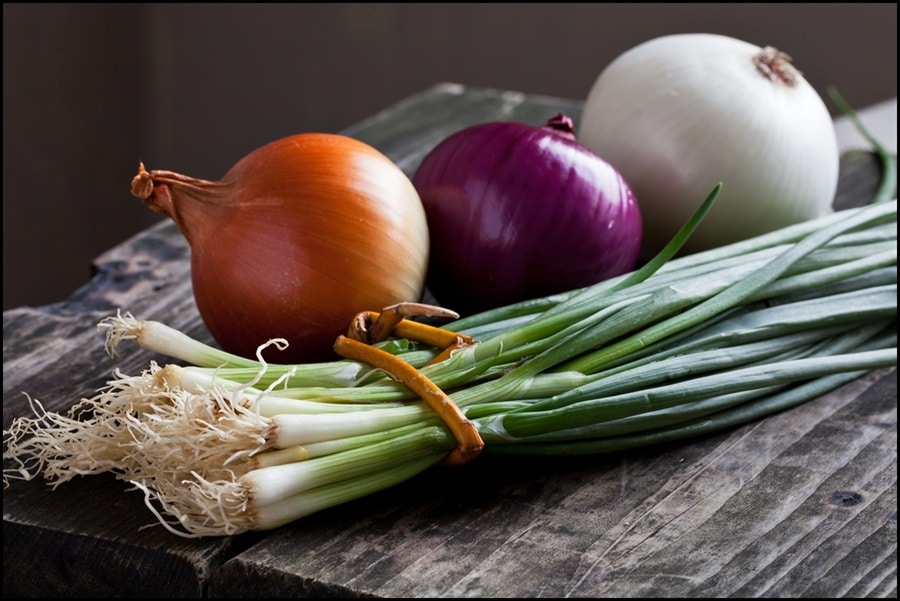Foraging wild berries combines the joy of exploring nature with the reward of discovering natural, flavorful treats. Rich in nutrients and boasting an array of vibrant colors and tastes, wild berries offer a delightful and healthful addition to any diet. Knowledge of safe, edible berries ensures that foragers can indulge their curiosity and palate with confidence. This post unveils seven scrumptious and safe wild berries – a guide for enthusiasts ready to venture into the world of responsible and rewarding foraging.
Contents
Elderberries
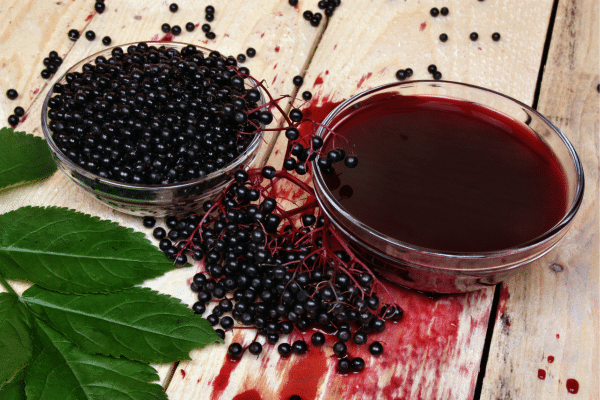
Elderberries are renowned for their immune-boosting properties, a bounty of vitamins, and a rich profile of antioxidants. These dark, purple berries have been a staple in traditional medicine for centuries, proving their worth in fortifying the body’s defenses and promoting overall well-being. From syrups to teas, elderberries have found their way into a variety of health and wellness products, thanks to their potent combination of flavonoids and other beneficial compounds.
Harvesting elderberries requires caution and precision, as not all parts of the plant are edible. The berries should be cooked before consumption to neutralize potentially harmful substances present in their raw state. Identifying elderberries is straightforward with their characteristic clusters of small, dark fruits, but ensuring they are ripe and well-prepared is essential to enjoy their health benefits without any risks.
Mulberries

Mulberries are celebrated for their sweet and succulent flavor, often likened to a fusion of blackberry and cherry, with a hint of nuttiness. These berries come in an array of colors, each variant offering a distinct blend of flavors and nutrients. Rich in vitamins C and K, iron, and potent antioxidants, mulberries not only satisfy the sweet tooth but also nourish the body, supporting immune function, bone health, and overall well-being.
Identification and harvesting of mulberries is typically straightforward. The trees are deciduous, large, and bear distinct leaves that make them easy to spot. The berries transform in color as they ripen, offering a visual cue for foragers. A gentle touch that results in the berry easily releasing from the tree is a telltale sign of ripeness, inviting a safe and delightful tasting experience.
Cloudberries
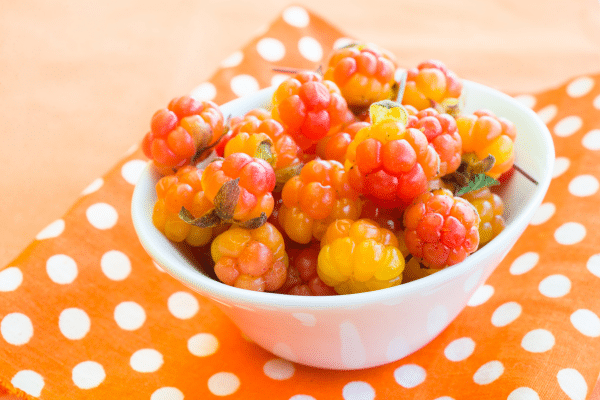
Cloudberries are a rare gem in the world of wild berries, boasting a creamy texture and a taste profile that swings between sweet and tart. Rich in vitamin C, these golden-yellow berries are a natural immune booster. Native to the Arctic tundras and alpine regions, cloudberries are not just a tasty treat but a beacon of nutrition, often sought after for their ability to thrive in harsh climates and nourish the body.
Foragers intent on discovering the delicate taste of cloudberries should be mindful of their growing conditions. These berries prefer the damp, boggy grounds of the northern hemisphere. Their sensitive nature means they are often protected, and in some regions, there are restrictions on harvesting them. A careful approach ensures that these berries can be enjoyed sustainably, preserving both their unique flavor and the ecosystems they adorn.
Huckleberry
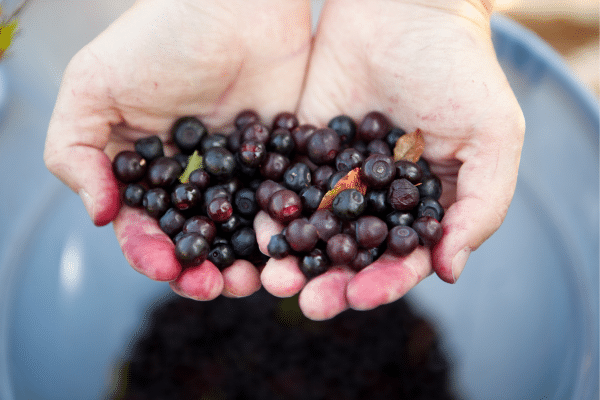
Huckleberries greet the palate with a delightful mix of tartness and sweetness, making them a favorite among foragers and chefs alike. Rich in vitamins and minerals, these small, round berries offer not just a burst of flavor, but a dose of nutrients that contribute to optimal health. They are often featured in pies, jams, and other culinary creations, their distinct taste adding a touch of wild, natural zest to every dish.
Finding huckleberries can be an adventure in itself, as these berries thrive in various environments, from mountainous regions to the dense, lush forest undergrowth. Knowing when they are ripe is crucial; a deep, dark coloration and plump appearance indicate that the berries are ready for harvest. Like many wild fruits, a careful approach to identification and collection ensures that the delights of huckleberries can be savored safely and responsibly.
Gooseberries

With a taste that’s often described as a delightful mix of sour and sweet, gooseberries boast a complexity of flavor that makes them a sought-after delicacy. They hold a treasure trove of nutrients including vitamin C, fiber, and antioxidants. Their nutritional profile supports digestive health, enhances immunity, and fosters skin health, making them not just a tasty but also a nutritious option for berry enthusiasts.
Identifying gooseberries involves recognizing their distinct, veiny leaves and the bushy, thorny plants on which they grow. The berries vary in color, taking on a deep, rich hue as they ripen. Safety and caution are paramount during harvest, as navigating through their thorny defenses requires careful handling. Once harvested, the culinary and health world opens up, with gooseberries lending themselves to a variety of dishes and health remedies.
Salmonberries
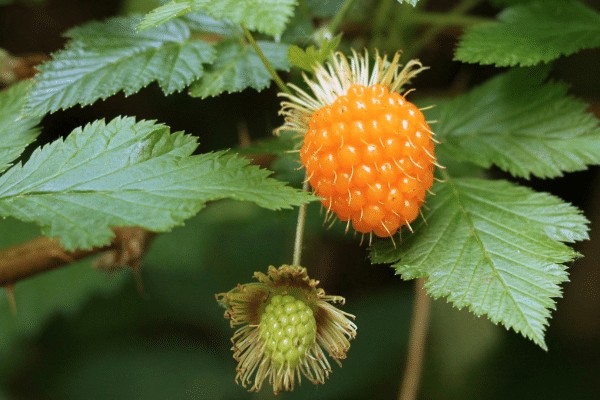
Salmonberries boast a vibrant color palette, ranging from yellow and orange to deep red, mirroring their diverse and delightful flavors. Rich in vitamin C, potassium, and dietary fiber, these berries offer a mix of essential nutrients beneficial to health. Indigenous populations have long valued salmonberries for their taste and nutritional content, incorporating them into diverse culinary applications.
Foraging for salmonberries offers an opportunity to explore coastal forests, where these berries typically flourish. A ripe salmonberry is easy to identify by its juicy, plump appearance, and it releases easily from the stem. Harvesters should be aware of the berry’s various stages of ripeness, as indicated by its color, ensuring a delightful, sweet, and slightly tart flavor.
Chokeberries
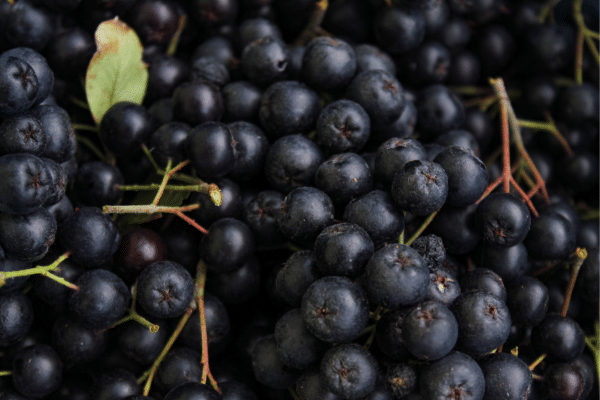
Chokeberries, particularly known for their astringent taste, are packed with antioxidants, making them a powerhouse of nutrition. The rich, dark color of the berries is a testament to their high anthocyanin content. These compounds contribute to various health benefits, including enhanced immune function, reduced inflammation, and improved cardiovascular health.
Identifying chokeberries is facilitated by their distinct, deep color and their growth pattern in clusters. Though their tartness can be overpowering when eaten raw, when ripened and prepared properly, they transform into a delightful ingredient in juices, jams, and baked goods. As always, proper identification is essential to safely enjoy the myriad health benefits chokeberries offer.
The Bottom Line
Exploring the diverse world of wild berries offers a sensory and nutritional journey like no other. Each berry, from the immune-boosting elderberries to the antioxidant-rich chokeberries, brings a unique blend of flavors and health benefits. Foraging, with proper knowledge and caution, unveils nature’s garden, rich and resplendent. So, armed with insight and respect for nature, every enthusiast can delve into this vibrant world, discovering, tasting, and cherishing the bountiful, nutritious delights that lie in wait.


